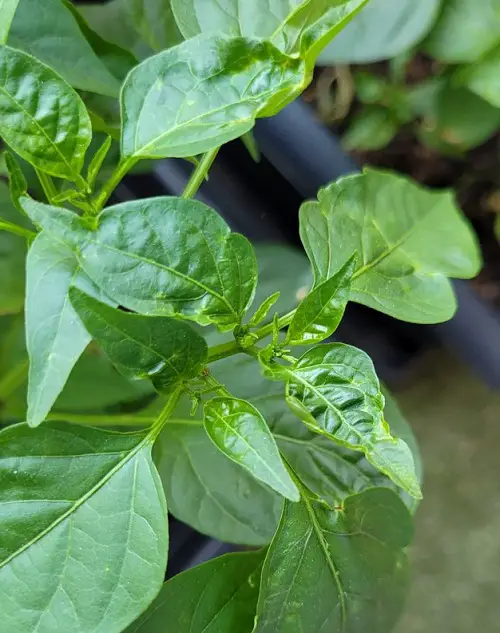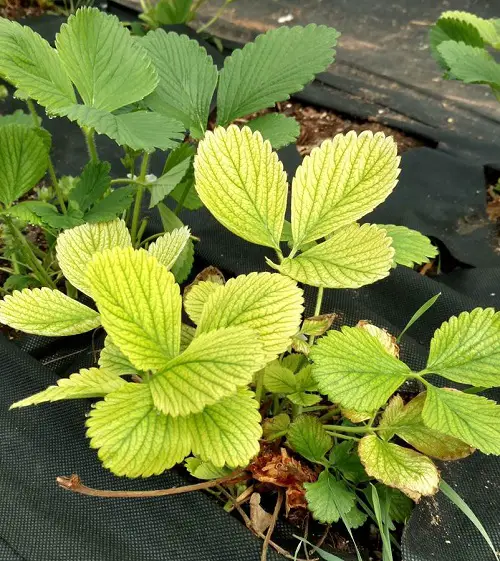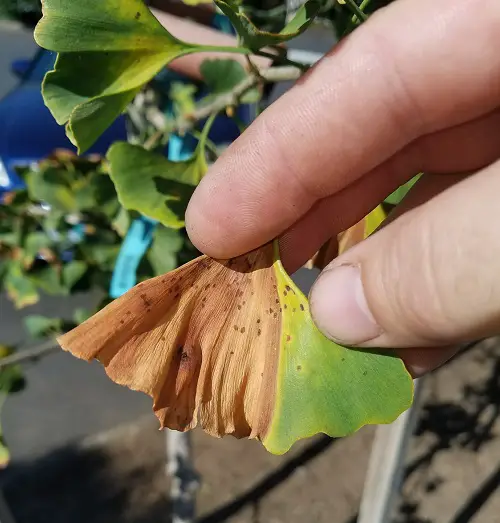Learn about the 6 most Common Plant Disorders that are often misinterpreted as diseases and plants die.
You know how people get paranoid and confuse a heartburn with a heart attack? They do the same with plants! We help you identify six such plant disorders commonly mistaken for diseases so you may diagnose them easily and address them with a calm and informed mind.
What is the Difference between a Plant Disease and Disorder?
Infectious diseases in plants are caused by pathogens like fungi, bacteria, viruses, or other organisms that are mostly invisible to the naked eye. These pathogens can change the way a plant functions, stunting its growth or even killing it sometimes. They may also transmit this infection to other plants in the vicinity.
Disorders are often pushed by abiotic factors (environmental or external) that stress out the plant, stunt its growth, and display disease-like symptoms. Nutrient imbalance, improper watering, pollution, and extreme weather are all such abiotic factors.
Now, in your earnest need to heal your plant, you wouldn’t want to misdiagnose its conditions and worsen the problem! This is where our guide to six such common plant disorders comes handy.
Common Plant Disorders that Are Often Misinterpreted as Diseases
All the disorders mentioned in this list are not caused by pathogens but by abiotic factors.
1. Blossom End Rot
If you grow fruit-bearing vegetables like tomatoes, peppers, and eggplants and have spotted a huge black, caving hole in the produce, it’s probably the blossom end rot.
Blossom end rot is a physiological disorder caused by inconsistent watering and calcium deficiency. There is no need to fret. While it may look like a fungal infection, it isn’t, and the fix is quite simple if detected early on.
The Fix: A balanced watering schedule and some calcium supplements that can be mixed into the soil should efficiently tackle blossom end rot. Read our guide to eliminating blossom end rot with seven home remedies.
2. Chlorosis
Many infectious diseases cause leaves to pale and wither, which is also a tell-tale sign of a common disorder called chlorosis. It occurs when normally green leaves do not have enough nutrients to synthesize all the chlorophyll they need, turning their leaves yellow. Chlorosis is typically caused by disturbed soil: a lack of iron, magnesium, and manganese due to poor soil pH and the root’s inability to absorb them.
The Fix: After confirming the cause by careful observation or a soil test, enrich the soil with nitrogen and sulfur-based fertilizers like Epsom salt, as well as a gentle dose of manganese and iron, apart from that. Check your soil’s ability to drain water and alter its pH level according to your plant’s needs.
3. Zinc Deficiency

Are your plant’s leaves distorted, curled, and smaller than they should be? An extension of chlorosis, the most likely culprit here maybe a lack of zinc.
Plants need zinc to create enzymes that help synthesize proteins and form chlorophyll, leading to healthy and robust growth. An absence will curb growth and form meek, misshapen leaves. It also saves the plant from stress and improves its defence system.
The Fix: Adding zinc-rich fertilizers and regularly checking soil pH can help revitalize and prevent this disorder. If you’re looking for organic fertilizers, try seaweed, well-rotted compost, or bone meal–all of these contain zinc.
4. Interveinal Chlorosis

While in chlorosis, the entire leaf turns yellow, in this one, its veins remain green while the rest of the leaf yellows. It is also caused by iron deficiency and can be first spotted on younger leaves. In extreme cases, it can work its way up to mature and older leaves, first turning them yellow and then brown. But when it happens to older leaves, it may be due to Magnesium deficiency.
The Fix: The culprit behind this disorder is, again, poor amounts of iron in the soil, which can be easily fixed by adding iron chelates to the soil or by spraying them as an aqueous mixture. Read here to identify and tackle iron deficiency in plants. However, if you see this in older leaves, feed with Epsom salt for quick results.
5. Marginal Scorch
If your plant’s leaf margins are beginning to brown and wrinkle, it probably has a bad case of marginal scorch. Leaf tissues start dying along their edges because water is unable to reach leaf margin cells. Caused by abiotic factors as well as pathogens, leaf scorch falls somewhere between disorder and a disease.
Insufficient moisture in the soil, rapid water loss in leaves, salinity, damaged roots, or an invasion by fungi and bacteria that clog up the xylem (water-conducting vessels in plants) all affect the victim’s ability to absorb water.
The Fix: First, test irrigation water for quality and salinity. Use RO water along with a conservative dose of potassium fertilizer, as too much can also cause marginal burn. Remove any cause of environmental trauma, including fluctuating temperature, scorching sun, aggressive movement, stress to stems, leaves, roots, etc. If caused by bacteria, however, it can be hard to detect and sometimes fatal. Early detection and treatment may help.
6. Necrosis
Another inbetweener, Necrosis occurs when plant cells begin to die prematurely due to abiotic stress or pathogen attacks. This early and rapid death of plant cells leads to discoloration, visible lesions, and wilting.
Plant injury, lack of nutrients such as magnesium, calcium, copper, and potassium, and autolysis, where dying cells consume themselves through enzymes, are common causes of necrosis in plants. You can easily detect and measure it.
The Fix: Improving soil drainage, moisture, and enriching the soil with organic matter are crucial steps in preventing and reducing necrosis. Using fungicides and foliar sprays containing zinc also helps.





